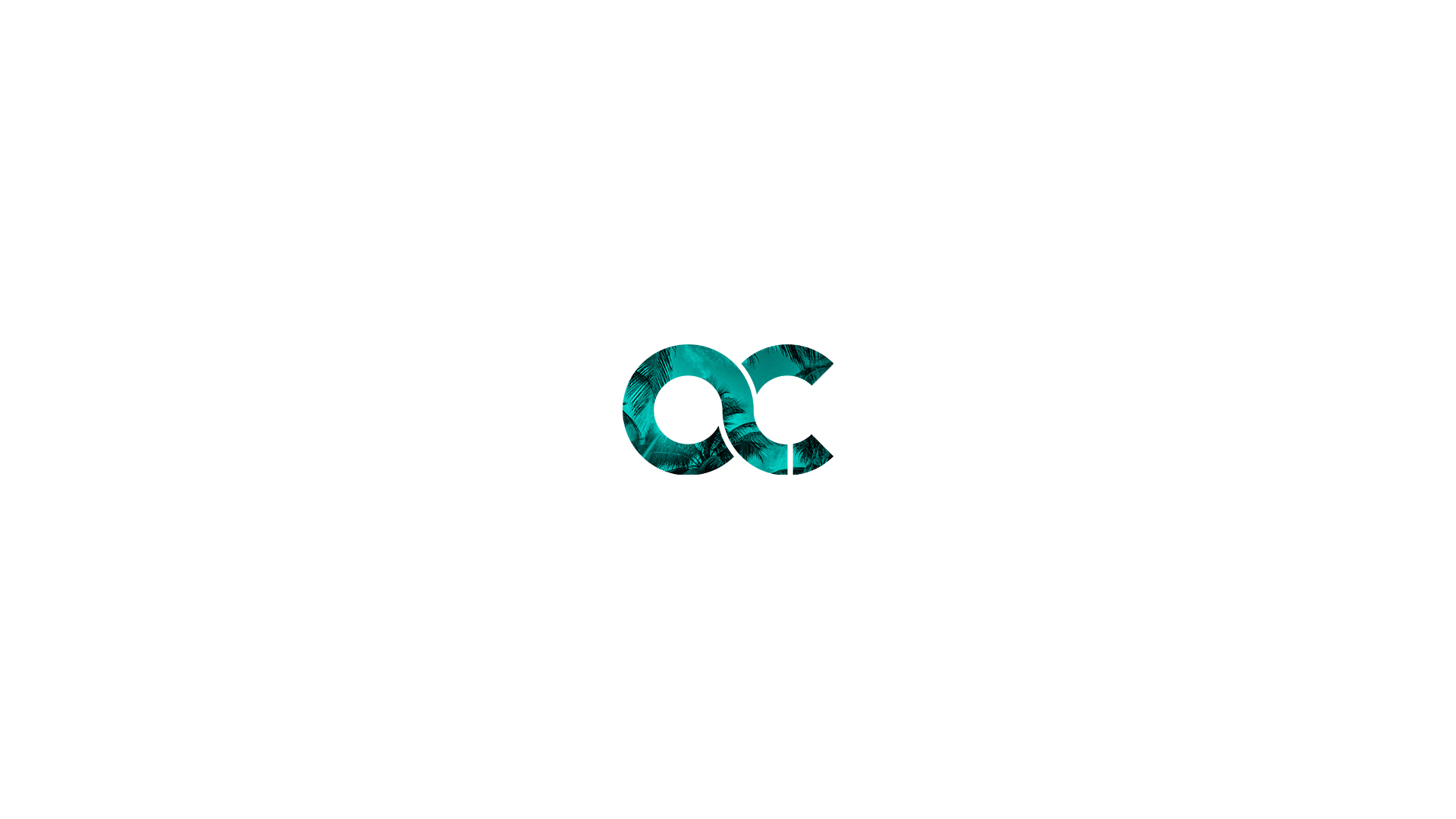Fort Lauderdale offers numerous opportunities for businesses looking to strengthen their brand identity. Several branding agencies specialize in everything from…
CPM Calculator: Calculate The Cost Per Thousand of Your Marketing or Advertising Campaign
CPM Calculator
How to use the CPM Calculator:
Enter any two fields and press the button to calculate the third. Fields in the calculator include:
Total Cost: The total cost charged for a marketing campaign
CPM Rate: The cost of the campaign per 1,000 ad exposures
Ad Impressions: The total advertising impressions over the life of the marketing campaign
Speed is of the essence when it comes to digital marketing. A fundamental factor in this regard is knowing how efficient your ad spend is. Among the mostly used measures for this purpose, CPM (cost per thousand impressions) stands out. To calculate the cost of reaching one thousand people, it’s necessary to use a CPM Calculator. We will guide you through all the essential information about using CPM calculator including its formula, practical usage, case studies and ways it strengthens your marketing strategy.
What is a CPM Calculator?
CPM Calculator (Cost Per Thousand Impressions Calculator) is a tool that assists advertisers in measuring the efficiency of the advertising campaigns. It helps you understand how much you are paying to get your ad viewed by 1000 people, which can help you make better budgeting and targeting choices.
The CPM Formula
The CPM formula is simple yet powerful:
CPM=(Total Ad Spend/Total Impressions)×1000

Total Ad Spend: The total amount of money spent on the ad campaign
Total Impressions: The number of times the ad was displayed
This formula helps you determine the cost per thousand impressions, giving you a clearer view of your ad campaign’s efficiency.
How Does a CPM Calculator Work?
A CPM calculation tool automates this formula, enabling marketers to insert their ad spend and total impressions for faster derivation of their CPM. Through such fast calculations, you can see whether your campaigns are cost-effective enough and if any adjustments need to be made.
Why is CPM Important in Digital Advertising?
Understanding CPM metrics is crucial because:
- Optimizing Ad Spend: it allows you to know which campaigns are cost-effective.
- Improving Targeting: refine your audience targeting to reduce CPM.
- Measuring Campaign Success: when it comes to how well your ad budget is spent, nothing can beat CPM.
Case Studies
Case Study 1: Boosting Campaign Efficiency with CPM in the E-commerce Industry
Initially, company A in the e-commerce industry had high CPM costs averaging $7.50 on Facebook platform. Their campaign generated a total of 1,500,000 impressions with an ad spend $11,250 in total resulting into a CPM of $7.50. The aim was to lower this cost for enhanced ROI.
Strategy Implemented:
- Audience Targeting Optimization: The targeting was refined to focus on high-intent customers.
- Creative Optimization: Determined best-performing creatives that engage users more effectively.
- Platform Shift: Allocated some amount from budgets unto Twitter having average CPM at $5.50 instead.
Results:
- New CPM: Reduced to $5.75 after optimization.
- ROI Impact: The campaign saw a 20% increase in ROI due to the reduced CPM and better-targeted ads.
Statistical Overview:
| Industry | Average CPM (USD) | Platform | Average CPM by Platform (USD) | Year | CPM Over Time (USD) | ROI Impact |
|---|---|---|---|---|---|---|
| E-commerce | 5.75 | 7.25 | 2021 | 6.50 | Increased by 20% |
Case Study 2: Reducing CPM in the Healthcare Sector with Google Ads
The healthcare sector’s Company B experienced high Google Ads rates operating at an average of $9.50 per mile (CPM). The campaign achieved a total of 2 million impressions and had an ad spend worth $19,000 resulting into a cost per thousand miles (CPM) of $9.50. The target was to lower the CPM while maintaining the impressions at the same level.
Strategy Implemented:
- Keyword Optimization: The ad campaign was revised to focus on less competitive but highly relevant keywords.
- Ad Schedule Optimization: Ads were scheduled to run during peak hours when the target audience was most active.
- Creative Refresh: New ad creatives were introduced to increase engagement rates.
Results:
- New CPM: Reduced to $6.50 after adjustments.
- ROI Impact: The changes resulted in an 18% increase in ROI, with a lower overall ad spend.
Statistical Overview:
| Industry | Average CPM (USD) | Platform | Average CPM by Platform (USD) | Year | CPM Over Time (USD) | ROI Impact |
|---|---|---|---|---|---|---|
| Healthcare | 6.50 | Google Ads | 9.50 | 2022 | 7.00 | Increased by 18% |
Expert Insights from Anderson Collaborative Specialists
- Trevor Anderson, CEO at Anderson Collaborative, emphasizes the importance of monitoring CPM:
“If you aren’t tracking your CPM, you miss out on key insights into how well you use your budget. Lowering CPM could translate into significant cost savings provided that no quality of impressions is compromised.”
- Daria Canfield, Director of Operations at Anderson Collaborative
“It’s important to balance CTR and conversion rates with other key metrics such as CPM to get a complete view of how your campaign is performing. You should aim to reduce your CPM while making sure your ads still resonate with your target audience.”
Terms Explained
- CPM (Cost Per Thousand Impressions): A metric indicating the cost incurred in producing 1,000 ad impressions; this measures how cost-effective a campaign is.
- Total Ad Spend: The amount of money allocated to a specific ad campaign in total.
- Total Impressions: The total number of times an ad is displayed, regardless of whether it is clicked or not.
- Audience Targeting: An advertising practice focused on defining and reaching out the desired group of people for marketing purposes so as to increase relevance and effectiveness.
- Creative Optimization: The practice of improving ad creatives (images, videos, text) to enhance engagement and performance.
- Platform Shift: The strategy of reallocating ad budgets to different platforms (e.g., from Facebook to Twitter) to find better cost-efficiency.
- Keyword Optimization: Refining the keywords used in an ad campaign to increase relevance and reduce competition, thereby lowering costs.
- Ad Schedule Optimization: Adjusting the times when ads are shown to align with the most active periods of the target audience, improving efficiency.
- Sponsored Content: A type of native advertising where ads are designed to match the form and function of the platform they appear on.
- InMail Ads: Sponsored messages sent directly to LinkedIn users, typically used for targeted advertising.
Pros and Cons of Using CPM in Advertising
Pros
- Simplicity: Easy to calculate and understand
- Budgeting: Helps in forecasting and controlling ad spend
- Benchmarking: Provides a standard measure for comparing campaign efficiency
Cons
- Limited Insight: Doesn’t account for user engagement or conversions
- Focus on Impressions: May lead to overemphasis on quantity over quality
FAQS
CPM, which stands for “cost per mille,” originates from the Latin word “mille,” meaning “thousand.” In the context of marketing, CPM is used to indicate the cost of gaining one thousand impressions on an advertisement. Essentially, it is the rate advertisers pay for every thousand times their ad is viewed.
For instance, if you spent $100 on a Facebook ad and it received 15,000 impressions, your CPM would be $10. This means you paid $10 for every 1,000 impressions the ad generated.
The CPM formula calculates the cost per thousand impressions by dividing the total ad spend by the number of impressions and multiplying the result by 1,000.
CPM is important because it provides a clear metric for evaluating the cost-effectiveness of ad campaigns. It helps marketers understand how much they are paying to reach 1,000 potential customers.
To reduce your CPM, optimize your audience targeting, refine ad creatives, select the correct platforms and test various formats.


Conclusion
For any digital marketer who wants to achieve his or her goals with ad revenue optimization and campaign efficiency improvement, keeping a close eye on your CPM is important. Knowledge about the CPM formula helps advertisers gain insights into how effective their advertisements really are. Such a reduction in CPMs has practical benefits that range from higher ROIs to better targeting as evidenced by some case studies discussed above.
Remember, while CPM is a powerful metric, it should be considered alongside other key performance indicators like CTR and conversion rates to get a comprehensive view of your campaign’s success. With the right strategies, tools, and a thorough understanding of your audience, you can effectively manage your advertising costs and drive better results for your business.
The article shares insights and tools that can be used by people at different levels of sophistication to make them better informed and successful in their digital marketing efforts, whether they are beginners or those wanting to refine their strategies.









